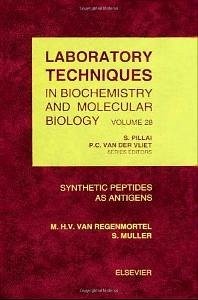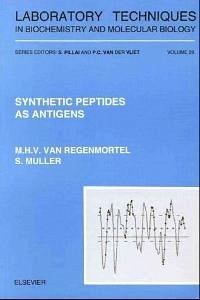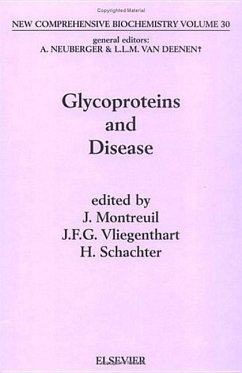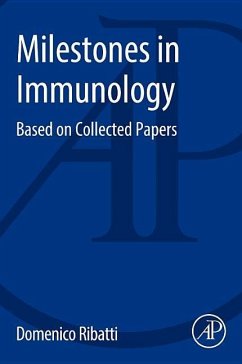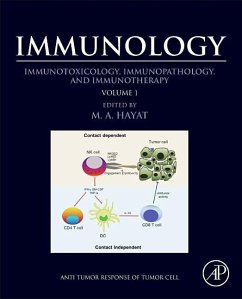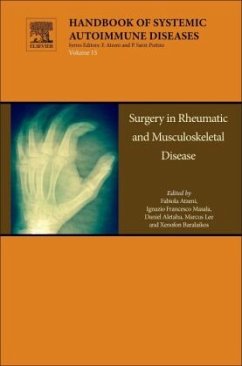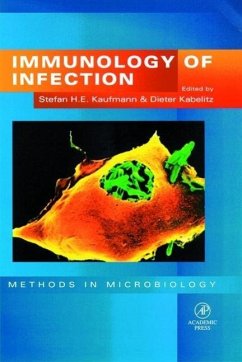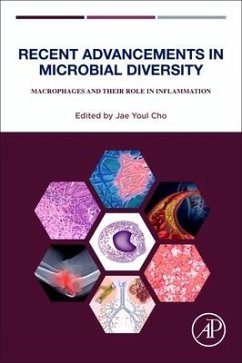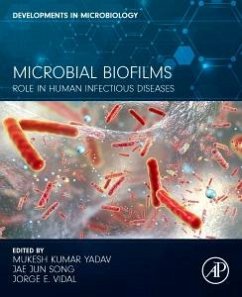
Microbial Diversity in the Genomic Era

PAYBACK Punkte
68 °P sammeln!
Microbial Diversity in the Genomic Era presents insights on the techniques used for microbial taxonomy and phylogeny, along with their applications and respective pros and cons. Though many advanced techniques for the identification of any unknown bacterium are available in the genomics era, a far fewer number of the total microbial species have been discovered and identified to date. The assessment of microbial taxonomy and biosystematics techniques discovered and practiced in the current genomics era with suitable recommendations is the prime focus of this book.




